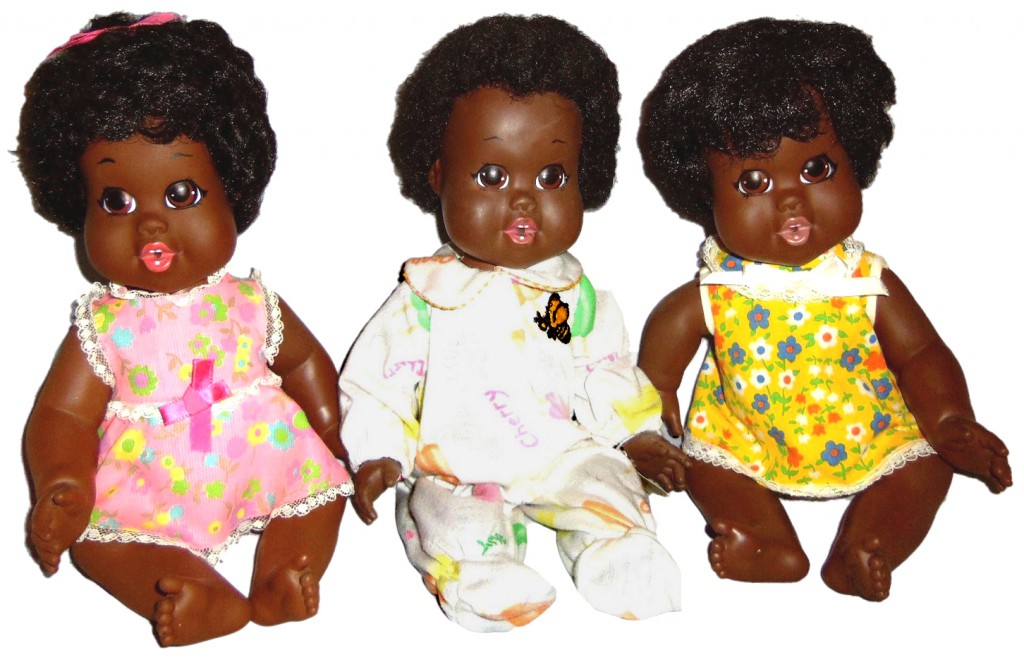As a little girl, Samantha Knowles didn’t stop to consider why most of her dolls—her American Girl dolls, her Cabbage Patch Kids, her Barbie dolls—were black like her. But black dolls were not common in her upstate New York hometown, whose population remains overwhelmingly white. So when Knowles was 8 years old, one of her friends innocently asked “Why do you have black dolls?” And she didn’t know quite what to say.
But that question stuck with her, and in college, she started to consider how she would answer as an adult. Finally, as an undergraduate film student at Dartmouth, she connected with a small but passionate group of black doll enthusiasts who gather at black doll shows around the country, and for her senior honors thesis, Knowles, now 22, completed a documentary called “Why Do You Have Black Dolls?” to articulate the answer.

Britt’s grandmother stepped in and started dip-dying store-bought dolls brown for her granddaughter, and she also taught Britt how to make African wrap dolls from a gourd, an apple, and vines. These dolls were also made by slaves on plantations in the South, who would have their children put in a pebble to represent each fear or worry and relieve them of the burdens. “My grandmother kept saying, ‘You don’t know where you’re coming from and you need to.’” Britt says. “And so she made this African wrap doll and gave me the history.”
 http://www.collectorsweekly.com/articles/black-is-beautiful-why-black-dolls-matter/
http://www.collectorsweekly.com/articles/black-is-beautiful-why-black-dolls-matter/






 ... Looking just him.
... Looking just him.
 ... please make yourself at home ...
... please make yourself at home ... 